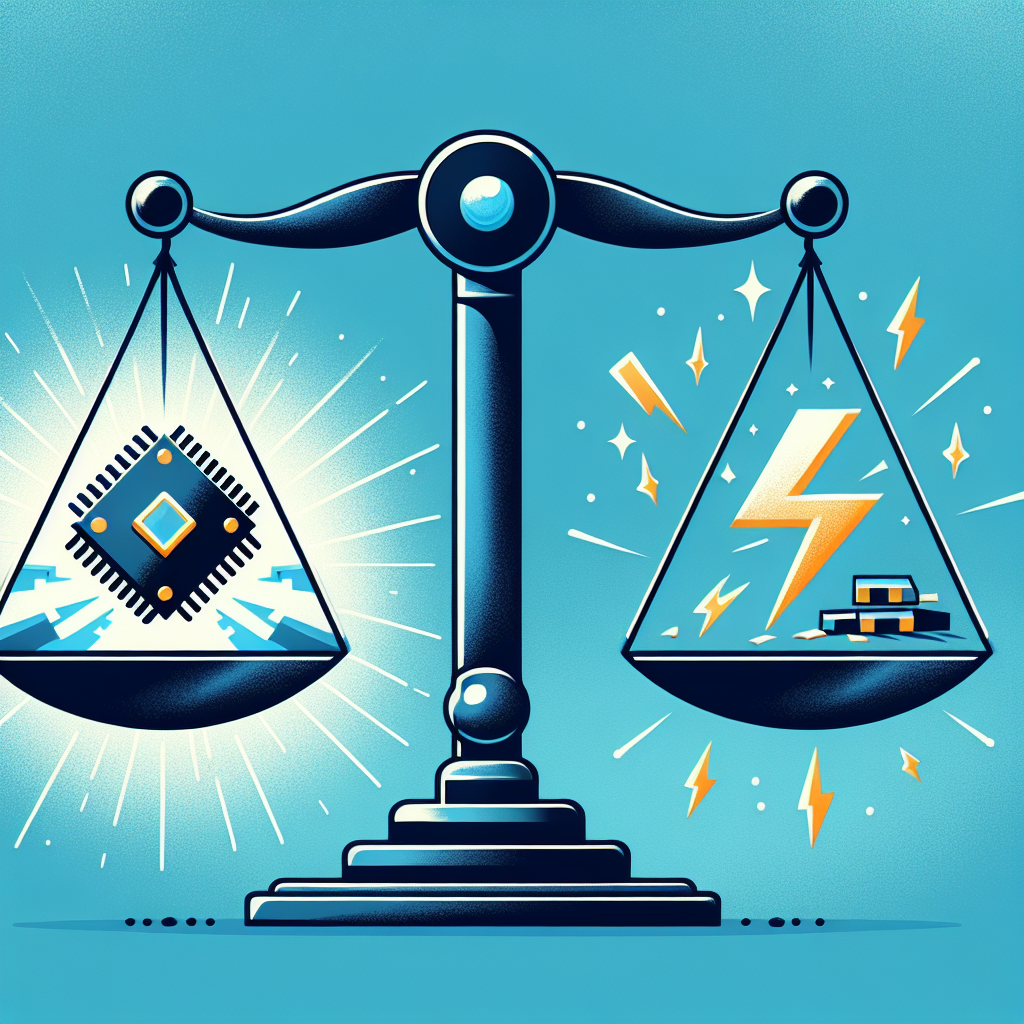Your cart is currently empty!
The Pros and Cons of Using NAND Flash in Electronic Devices

NAND flash memory is a type of non-volatile storage technology that is commonly used in electronic devices such as smartphones, tablets, and solid-state drives (SSDs). It offers several advantages over traditional storage technologies such as hard disk drives, but it also has some drawbacks. In this article, we will discuss the pros and cons of using NAND flash in electronic devices.
Pros:
1. Faster read and write speeds: NAND flash memory offers much faster read and write speeds compared to traditional storage technologies such as hard disk drives. This means that data can be accessed and transferred more quickly, leading to improved performance in electronic devices.
2. Lower power consumption: NAND flash memory consumes less power compared to other storage technologies, making it ideal for portable electronic devices such as smartphones and tablets. This helps to extend battery life and improve energy efficiency.
3. More durable: NAND flash memory is more durable and reliable than traditional storage technologies. It is not prone to mechanical failures like hard disk drives, making it ideal for use in devices that are subjected to rough handling or constant movement.
4. Compact size: NAND flash memory is smaller and more compact than traditional storage technologies, allowing for more storage capacity in a smaller form factor. This is particularly important in devices where space is limited, such as smartphones and tablets.
Cons:
1. Limited lifespan: NAND flash memory has a limited number of write cycles before it starts to degrade. This can lead to a shorter lifespan compared to other storage technologies, especially in devices that are used frequently or for long periods of time.
2. Slower write speeds: While NAND flash memory offers faster read speeds, it tends to have slower write speeds compared to other storage technologies. This can affect the overall performance of electronic devices, especially when transferring large files or performing intensive tasks.
3. Cost: NAND flash memory is more expensive than traditional storage technologies such as hard disk drives. This can make electronic devices that use NAND flash memory more expensive to manufacture and purchase.
4. Data retention: NAND flash memory is susceptible to data loss if not properly maintained. Data stored on NAND flash memory can degrade over time, leading to potential data corruption or loss if not backed up regularly.
In conclusion, NAND flash memory offers several advantages over traditional storage technologies, including faster read and write speeds, lower power consumption, and improved durability. However, it also has some drawbacks such as limited lifespan, slower write speeds, higher cost, and potential data retention issues. Ultimately, the decision to use NAND flash memory in electronic devices will depend on the specific requirements and priorities of the device manufacturer and consumer.

Leave a Reply